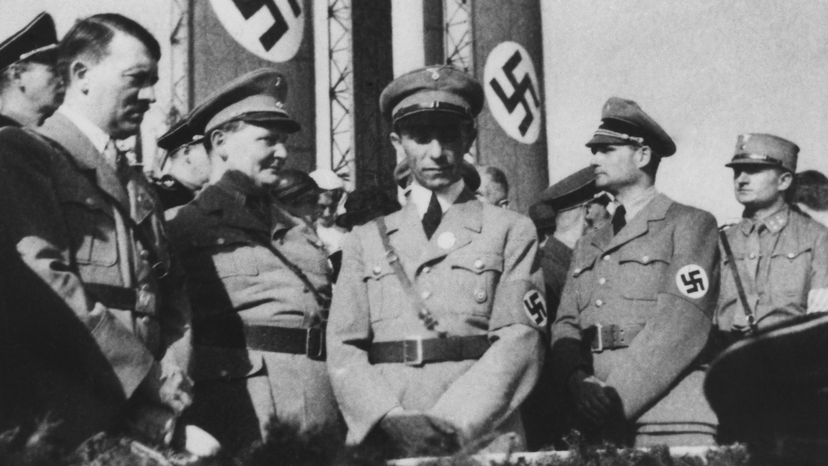
About This Quiz
In 1939, an expansionist Nazi regime invaded Poland - and the dominoes began to fall. The events of World War II didn't arise out of nowhere. Recent history, especially the outcome of the first world war, had a lot to do with the rise of Hitler. Understanding such things remains key to ensuring it never happens again.
What caused this European nation to follow a dangerous demagogue into a war and a genocide? Why were Germans so hungry for "lebensraum" that they attacked their neighbors unprovoked? What events of the preceding years helped shape the powder keg that was Europe in the 1930's? What were the name and terms of the punitive peace treaty signed after Germany lost WWI? What about the name of the failed coup that Adolf Hitler attempted in the 1920's, before his eventual rise to power?
Our quiz doesn't just cover the beginnings of WWII. It also covers Germany's actions throughout, to the bitter last days and the suicides of Nazi leaders, including Hitler. Was there, in fact, a resistance movement within Germany? What role did weather play in Hitler's decision to invade the USSR? And was Eva Braun, who died with Hitler in the bunker, his mistress or his wife?
There's a lot to dig into here. See how well you remember history class, with our quiz!
Advertisement
Advertisement
Advertisement
Advertisement
Advertisement
Advertisement
Advertisement
Advertisement
Advertisement
Advertisement
Advertisement
Advertisement
Advertisement